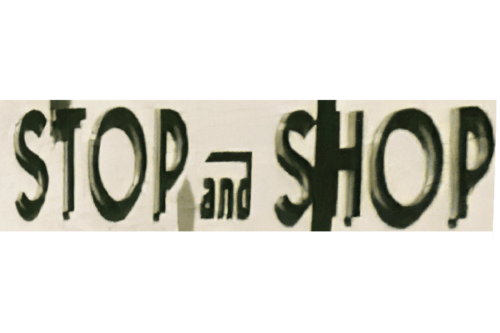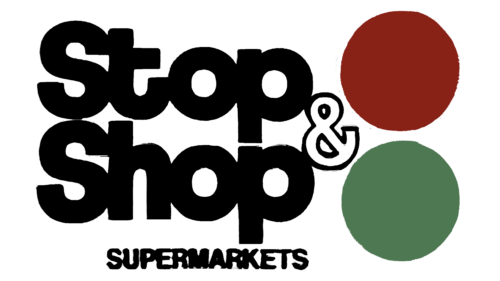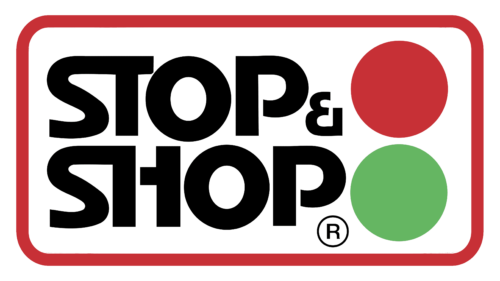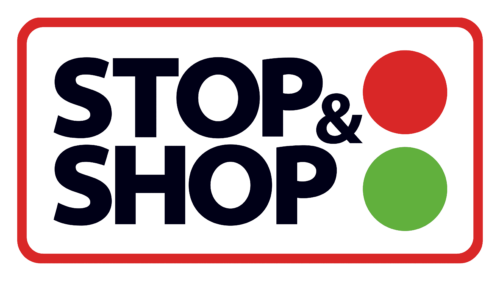Stop & Shop is a renowned supermarket chain in the Northeastern United States. It was founded by the Rabinovitz family in Somerville, Massachusetts. Initially a small grocery store, it expanded into a large chain known for its wide range of products, including fresh produce, meats, and bakery items. The store was created to provide a one-stop shopping experience, combining quality, variety, and convenience for local communities. Its evolution reflects a century of retail innovation and community service.
Meaning and history
Stop & Shop’s journey began in 1914 as a small grocery store in Somerville, Massachusetts, founded by the Rabinovitz family. Its inception marked the start of a remarkable evolution in the retail industry. The store quickly distinguished itself by offering a diverse array of products, emphasizing both quality and value. This innovative approach led to rapid growth, and by 1947, Stop & Shop had evolved into a pioneering supermarket chain. It was one of the first to introduce self-service shopping, reshaping consumer experiences. Throughout the 20th century, the company expanded its footprint across the Northeastern U.S., continually adapting to changing consumer needs. It integrated modern technologies and expanded its offerings to include pharmacies, banking services, and online shopping options.
In the 21st century, Stop & Shop remains a symbol of retail resilience and customer-centric innovation, continually evolving to meet the dynamic demands of the retail world.
What is Stop & Shop?
Stop & Shop is a prominent supermarket chain primarily based in the Northeastern United States, known for its wide assortment of groceries and essentials. Established over a century ago, it has grown into a staple of community retail, offering a blend of traditional values and modern shopping convenience.
1914 – 1963
The logo presents a bold, serif typeface with the words “STOP” and “SHOP” in capital letters, connected by a smaller ‘and’. Its striking black letters contrast with a simple, clean background, hinting at a no-nonsense, straightforward shopping experience. This typographic choice imparts an old-world charm, reflective perhaps of the brand’s long-standing history.
1963 – 1982
This logo pivots to a minimalist, abstract design, with a stark blue backdrop. It features a shopping cart motif, cleverly integrated with three colored circles—red, yellow, and green—evoking traffic lights. This subtly suggest the idea of ‘stopping’ for groceries and then ‘going’ about one’s day. The use of primary colors within the cart’s silhouette imparts a playful, inviting image. This departure from the traditional typographic logo to a more symbolic graphic represents a modern, streamlined branding approach.
1973 – 1982
Transitioning from the abstract, this logo reintroduces text, “Stop & Shop” in bold, black, bubble-like letters that interlock, suggesting connectivity and unity. The “&” is stylized with a loop, adding a touch of whimsy. Flanking the text are two solid-colored circles, one red and one green, which could symbolize a traffic light’s stop and go, echoing the brand’s name. Beneath, “SUPERMARKETS” is written in a straightforward, smaller font, grounding the logo with clear identification of the business type. The design balances playfulness with the seriousness of the brand’s commercial offerings.
1982 – 2002
In this evolution, the logo is encased in a red rectangular border, enhancing its visibility. The “Stop & Shop” text remains black but now adopts a more streamlined, less stylized font, reflecting a modern and efficient image. The addition of the registered trademark symbol signifies the brand’s established identity. The red and green circles persist, retaining the traffic light metaphor. This design conveys a clean, professional, and branded corporate identity.
2002 – 2008
In this iteration, the logo retains the red border and the red and green circles, but the font for “STOP & SHOP” has shifted to a more compact and uniform style, implying a more contemporary and cohesive brand image. This version has changed the symbol. The overall look is clean, balanced, and easily recognizable, signifying the brand’s adaptation to modern aesthetics while maintaining its iconic elements.
2008 – 2018
The logo undergoes a significant transformation, shedding its previous rectangular form for a fresh, organic design. The text “Stop&Shop” now appears in a relaxed, purple sans-serif font, conveying a more modern and approachable feel. Adjacent to the wordmark is a new, vibrant graphic: an abstract fruit bowl, composed of colorful leaf-like shapes in red, purple, green, and yellow, symbolizing freshness and variety. This image signifies a shift towards a focus on health and natural products, aligning with contemporary consumer values. The entire logo exudes a friendlier, more welcoming brand persona.
2018 – Today
The logo returns to a minimalist aesthetic with the wordmark “STOP&SHOP” in gray, featuring a modern, sans-serif font. Two circles, one red and one green, precede the text, a nod to the brand’s history while embodying simplicity and freshness. The design foregoes the previous logo’s fruit bowl motif, opting instead for a clean, straightforward look that suggests efficiency and a straightforward shopping experience. This pared-down approach reflects contemporary design trends, focusing on clarity and ease of brand recognition.















